Following the elephants' footprints in the Yok Don dipterocarp forest
Thứ Tư 19/07/2023 , 17:41 (GMT+7)(VAN) Yok Don National Park is home to dozens of elephants, both domestic and wild, that are dispersed throughout the broadleaf forests.
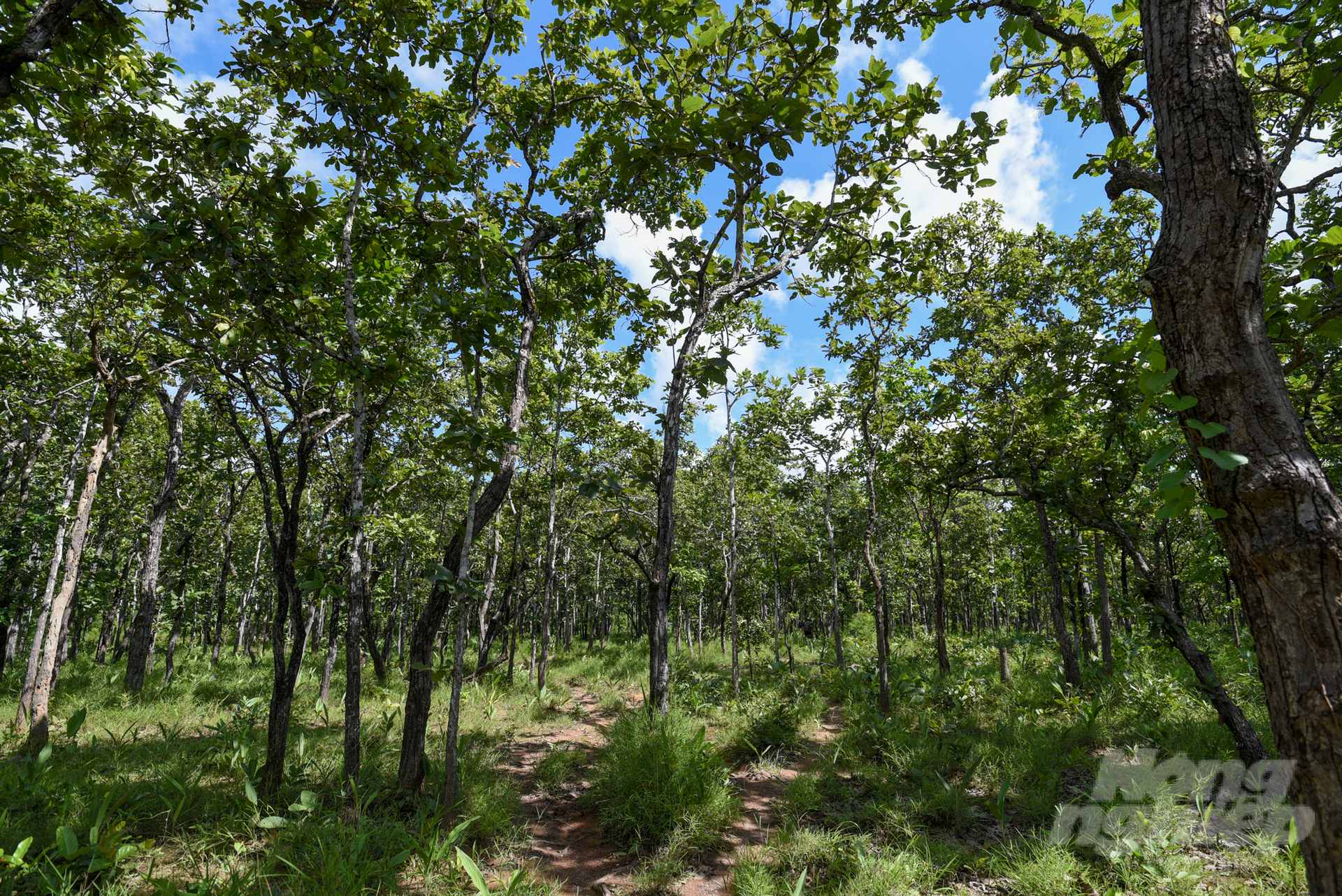
Yok Don National Park, with a total area of approximately 115,545 hectares, is the second largest special-use forest in the nation. As the only national park that protects arid deciduous dipterocarp forests, Yok Don National Park possesses a high level of biodiversity.
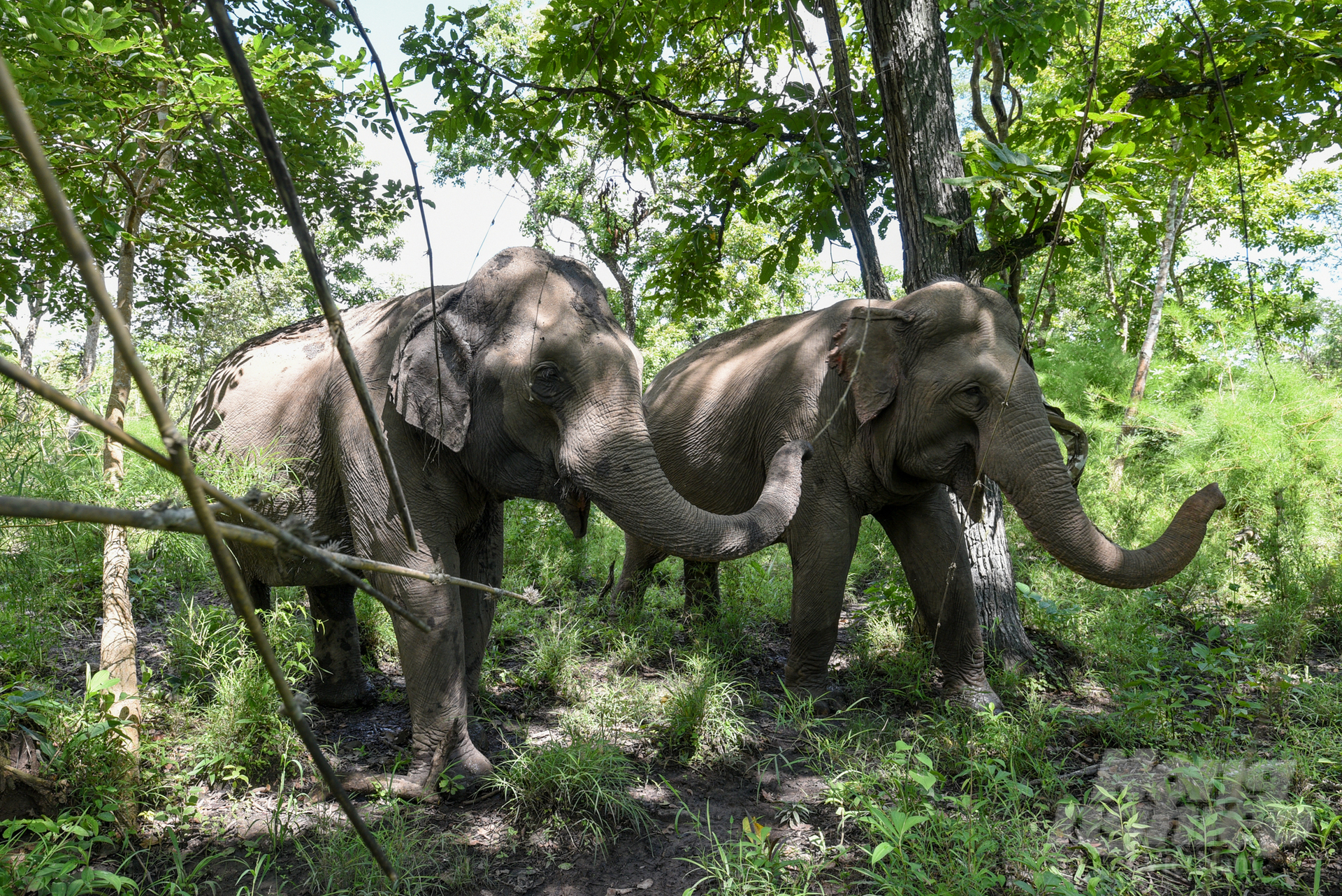
There are 1,006 species of plants and 650 species of animals in Yok Don National Park, including a number of endemic, endangered, precious, and uncommon animals and plants, such as elephants, gaurs, ungulates, and valuable forests.

This distinct national park employs an elephant-friendly tourism model in their natural habitat, with both domestic and wild elephants. It attracts many local and international visitors each year.
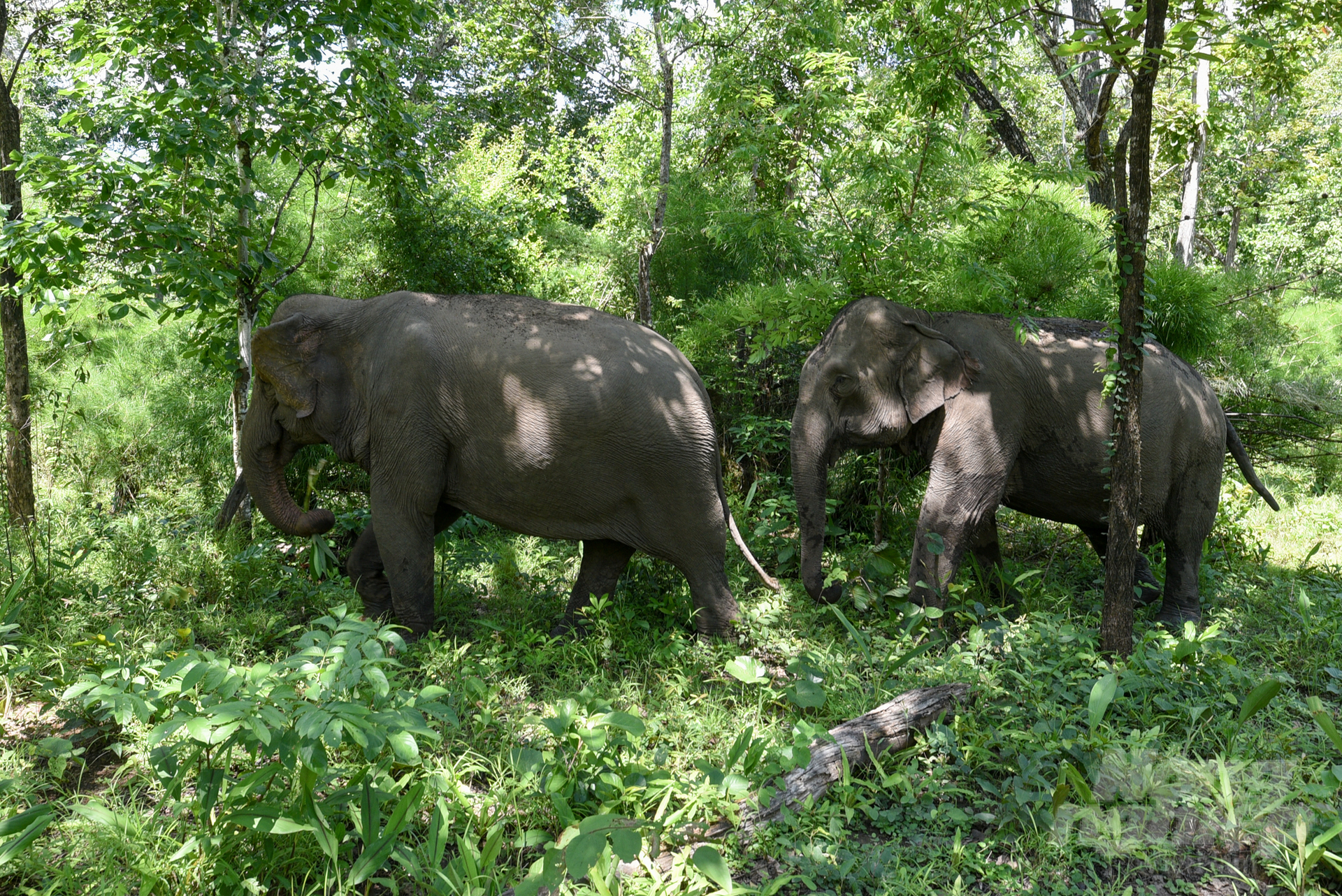
The first in Vietnam to implement an elephant-friendly tourism model. Huynh Nghia Hiep, deputy director of Yok Don National Park, elaborated that elephants roam freely deep in the forest, where tourists can observe them and learn about their lives.
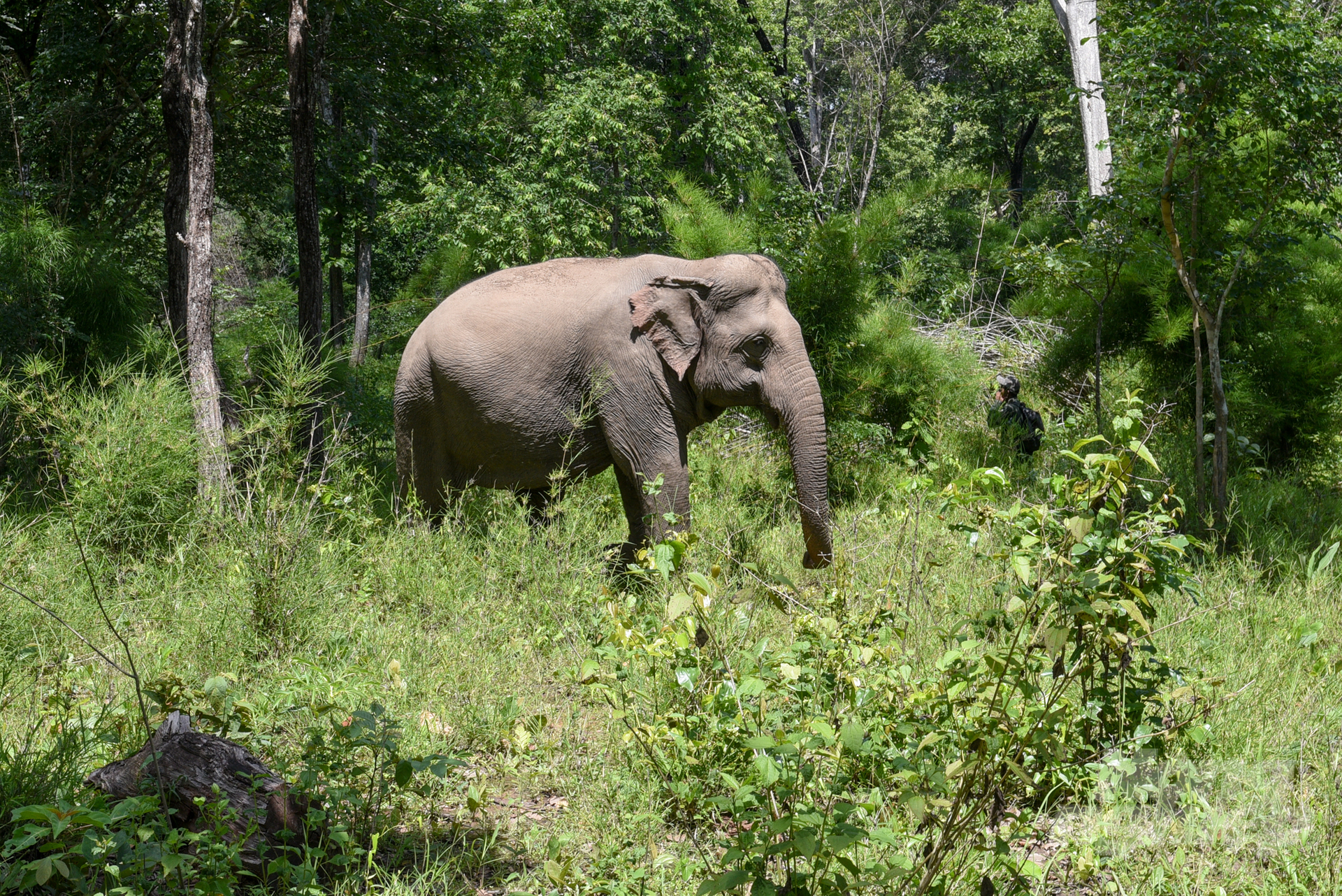
Following Y Khu, the mahout, we see with our own eyes a 40-year-old elephant named Ta Nuon (his name means Vision) who lives in Yok Don National Park.
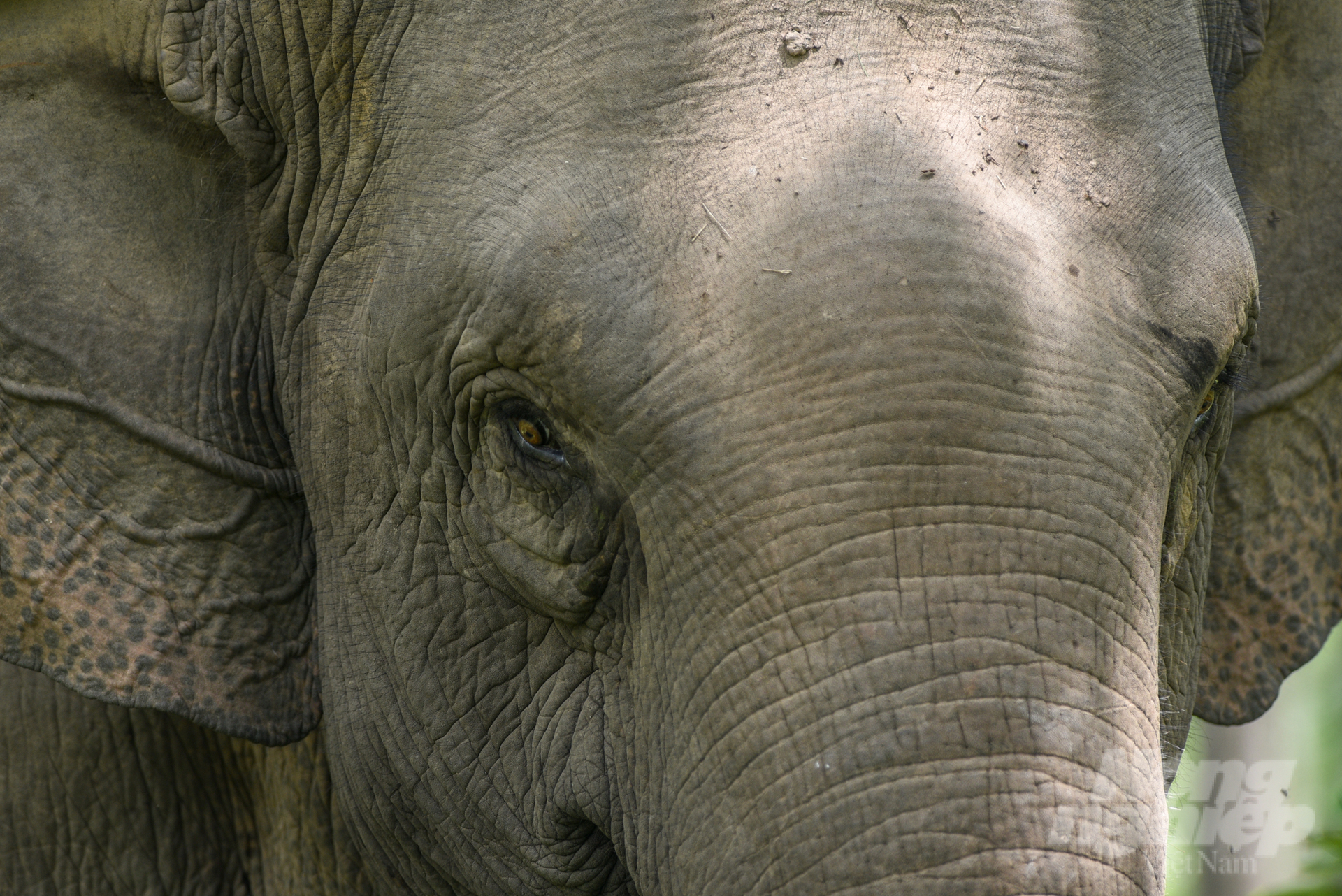
Previously, Ta Nuon, like other elephants, was domesticated. Since Animals Asia and Yok Don National Park signed an agreement in July 2018 to support the transformation of the elephant tourism model, Ta Nuon has been returned to the forest. Elephants participating in the friendly tourism model have no constraints in their ability to roam, eat, and move.
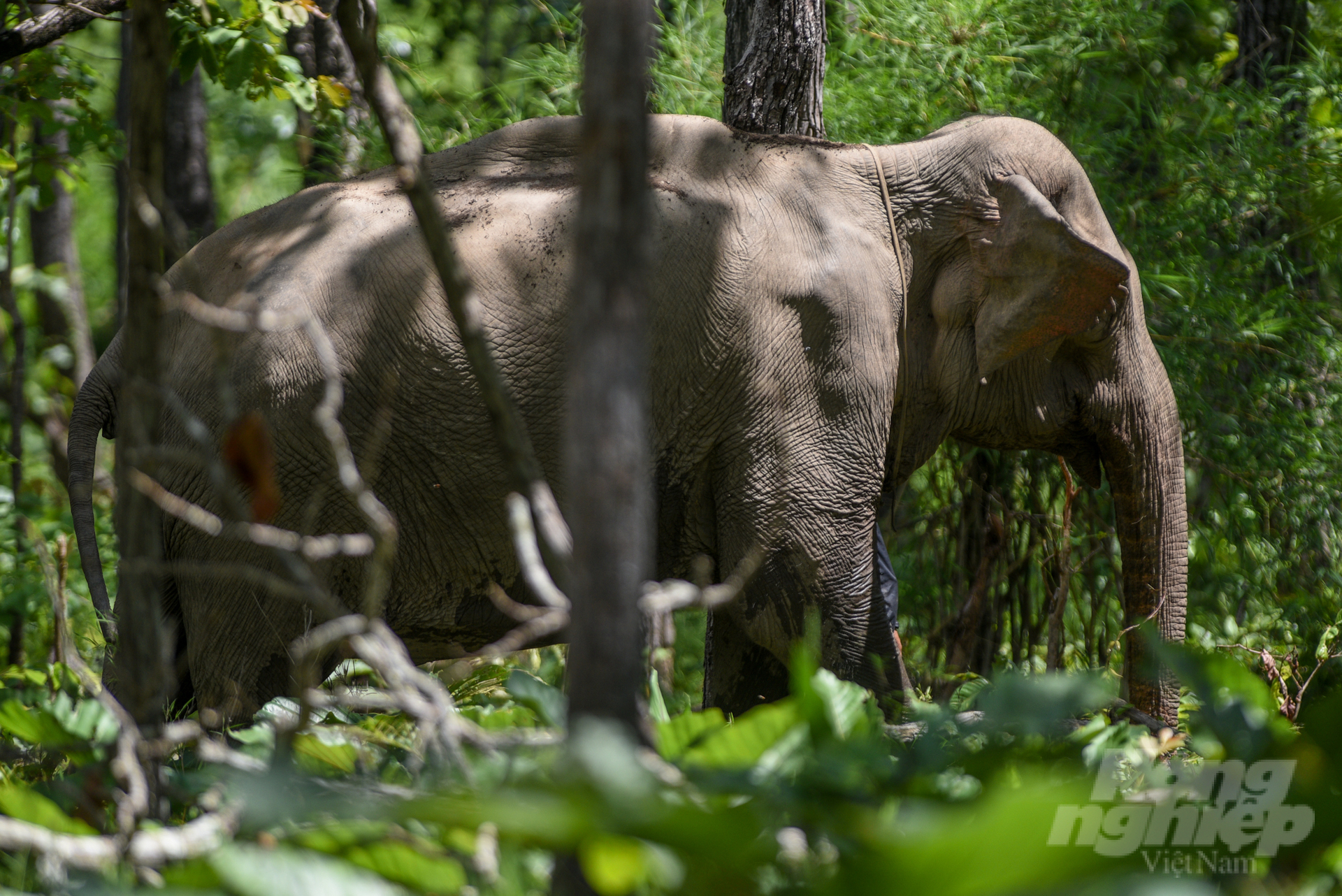
Y Khu, the mahout, revealed that one mahout is responsible for each female elephant and two for male elephants. He treks to the forest daily to observe Ta Nuon's behaviors and health. Once atypical behavior is observed, the mahout must record it and report it to the National Park's administration.
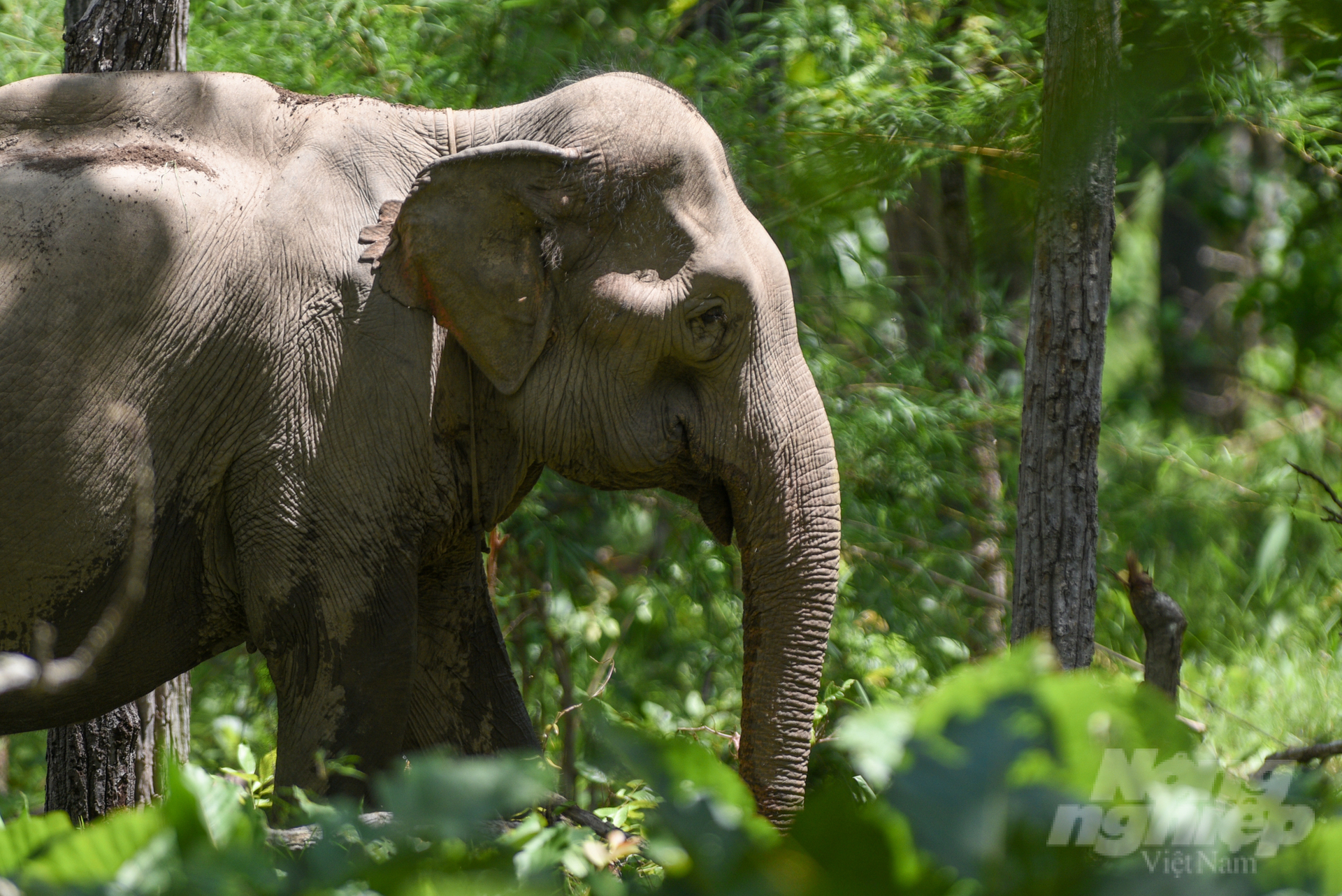
"When their ears are raised, their tails coil, indicating that the elephant is furious or anxious about something. If their ears are flapping and they are traveling slowly, however, it indicates that the elephants are enjoying themselves," Y Khu explained.
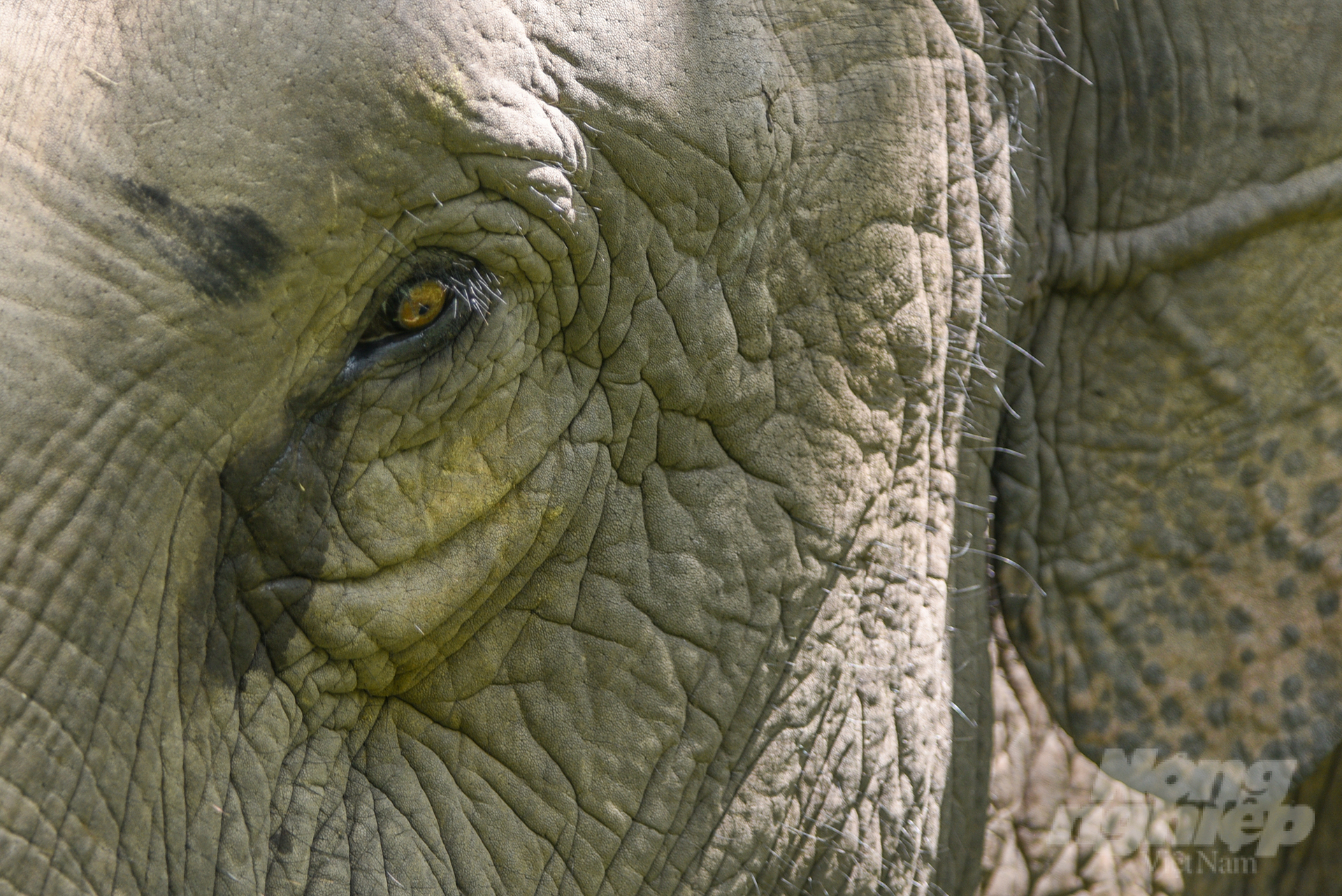
Every night, the manhout must search for sustenance and resting places for the elephants. Specifically, Yok Don National Park is home to an abundance of untamed elephants. When wild elephants are detected, the manhout must promptly follow and even slumber with the domesticated elephants.
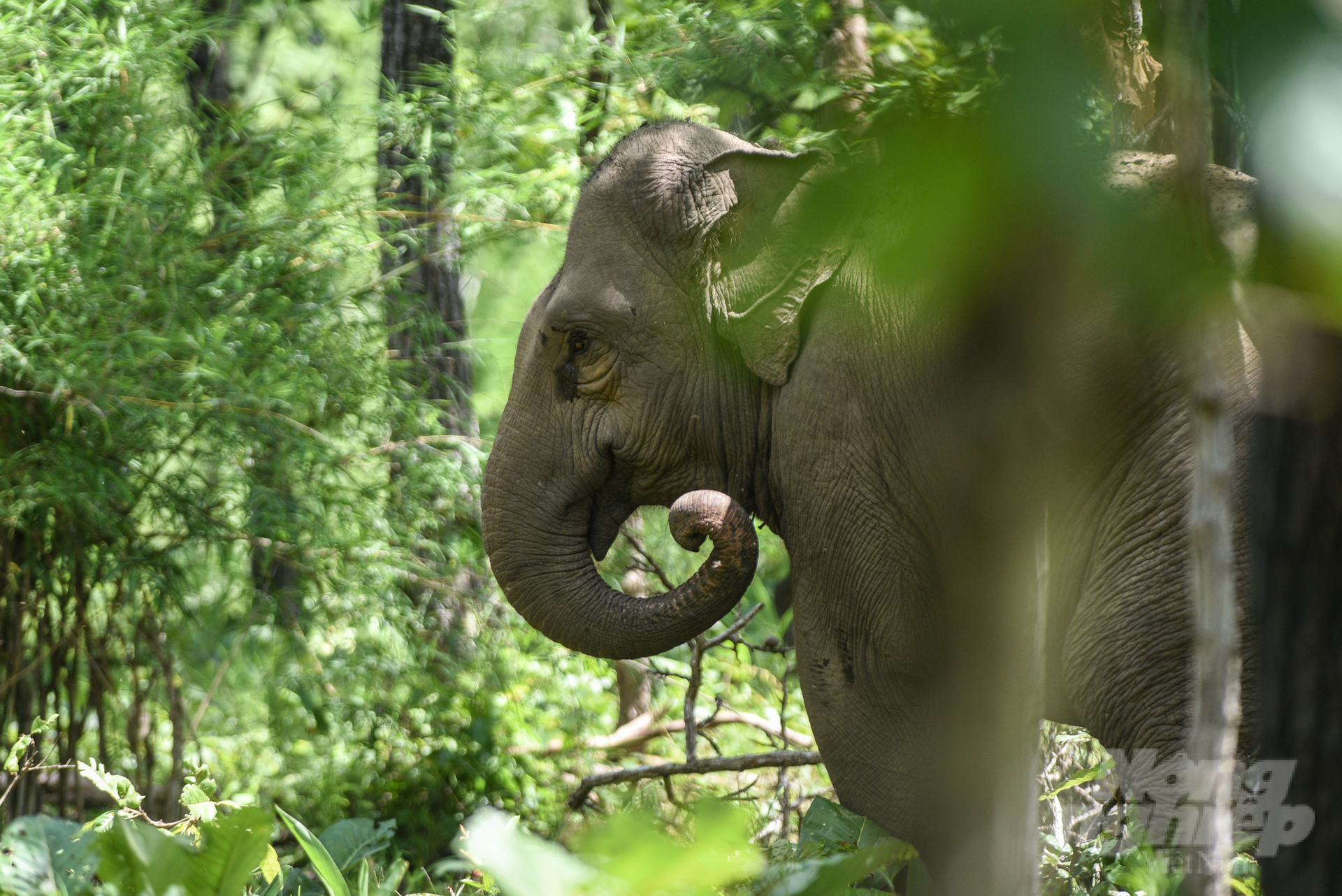
Mr. Vu Duc Gioi, the Deputy Director in charge of the National Park's Center for Environmental Education and Services, stated enthusiastically that elephants are thriving in the wild, so they are healthy and their life expectancy is progressively increasing. They will develop inherent herd behavior in nature. A mother elephant gives birth to an elephant calf, followed by a descendant, and the family protects one another.
Translated by Linh Linh



